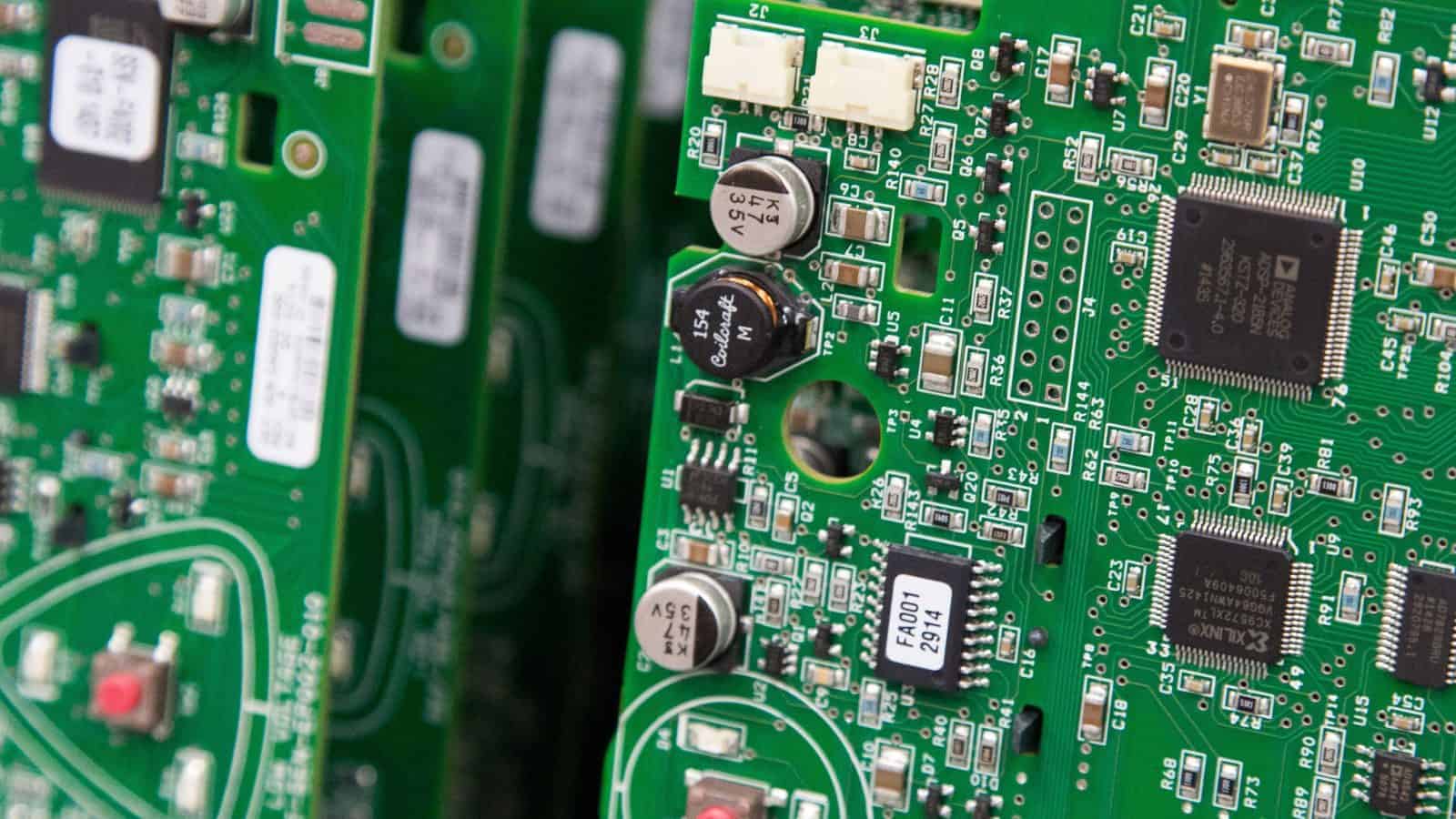Manufacturers Take on Semiconductor Shortage

The shortage of semiconductors and its impact on all sorts of manufacturers have been making headlines for months. NAM Director of Innovation Policy Stephanie Hall spoke to us recently about what’s going on and how the NAM is helping.
What it impacts: Semiconductors are ubiquitous in manufacturing, showing up in all sorts of products, from cars and trucks to home appliances to personal electronics. That means a disruption in the semiconductor supply chain is not limited to any one sector but is widely felt across manufacturing.
- “The semiconductor issue has shown how one small piece of the supply chain can have ripple effects for customers and manufacturers,” said Hall. “They are literally a very tiny part of lots of things, but they are a critical part of processes and products in manufacturing.”
Why it’s happening: There are a few different reasons for the shortage of semiconductors—and most of the acute reasons are related to the COVID-19 pandemic, from changes in market demand to shifts in consumer needs.
- A few months into the pandemic, the demand for vehicles shot up, and manufacturers had to ramp back up from earlier slowdowns. At the same time, people were buying more devices to enable remote work, school and life.
However, the need for more chips isn’t going away. It will only increase as more technologies become essential to daily life and Manufacturing 4.0 advances in the industry.
A complex system: The nature of chips supply chains also poses challenges. For example, semiconductor products can cross international borders 70 times before the end product reaches a consumer, and the complexity of the process limits manufacturers’ ability to ramp up quickly.
An extensive impact: In addition to affecting the end manufacturers of products, the shortage has also created ripples across the supply chain.
- “If you supply chemicals that go into tires that make their way into autos, and then there’s a production slowdown in autos, that will impact the chemical and parts suppliers all along the supply chain,” said Hall. “That’s why it has an impact across the economy, and why it’s front and center for leaders in manufacturing and policymakers alike.”
What we’re doing: The short-term solution involves working with allies and partners across the globe to ensure an effective and efficient supply chain. Over the long term, the NAM is focused on increasing domestic chipmaking capacity here in the United States, and the government and industry are moving now to make that a reality. Congress recently passed a bill to create a significant incentives program for building out domestic capacity. Now, the NAM is advocating for Congress to fund the programs that were authorized—a proposal that has bipartisan support.
The last word: “This isn’t just about one product—it’s about the future of the manufacturing industry and whether we can be well-positioned to deliver on our innovation potential,” said Hall. “That’s why we need policies that strengthen our supply chain, promote our ability to compete and unleash the power of the men and women who make things in America.”
